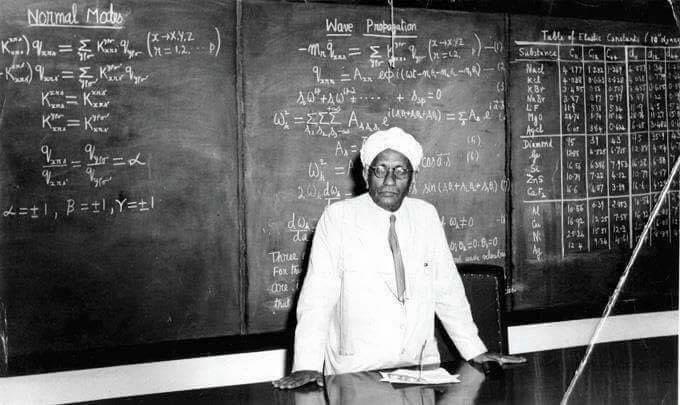Every year, on February 28th, India celebrates National Science Day, commemorating the groundbreaking discovery of the ‘Raman Effect’ by the great Indian physicist, Chandrasekhara Venkata Raman (CV Raman). On this day, in 1930, the Nobel Prize in Physics was conferred on him for his discovery which had proved the Rayleigh scattering phenomenon (named after the 19th-century British physicist Lord Rayleigh), hitherto considered to be true, wrong and subsequently, he became the first Asian Nobel recipient in any branch of Science. It is also to be noted that the government of India honoured him with the Bharat Ratna in the year 1954.
In order to recognise this discovery, the National Council for Science and Technology Communication (NCSTC) proposed that National Science Day be observed every year on February 28th. In 1986, the government of India, headed by then prime minister Rajiv Gandhi, accepted the proposal and designated February 28th as National Science Day.
CV RAMAN and his discovery
Raman was born in a Tamil family in Trichy (present-day Tiruchirapalli) in 1988. A bright student in Physics, he got his bachelor’s and master’s degrees at the age of 16 and 18, respectively. He joined the Indian Finance Service in Kolkata at the age of 19 and got acquainted with the Indian Association for the Cultivation of Science (IACS) while being fully involved in civil service. The IACS allowed him after-hours and independent research, which helped him publish some substantial papers on acoustics and optics.
In 1917, at the age of 29, he resigned from civil service and was appointed the first Palit professor in Physics at the Rajabazar Science College under the University of Calcutta.
In 1921, on a voyage to England, he observed something that changed his life and the dynamics of science forever. His inquisitive and insightful mind started to contemplate the fact why the water of the Mediterranean sea looked blue and soon found out that the colour of the sea was the result of the scattering of sunlight by the water molecules. Dissatisfied with the then-accepted theoretical reason for this phenomenon (Rayleigh scattering), he, with his associates, began to research extensively on this matter, which eventually led him to his eponymous discovery (Raman Effect).
Simply put, the Raman Effect states that when a beam of light traverses a liquid, a fraction of the light is scattered by the liquid. Most of this scattered light is of unchanged wavelength. However, a small portion has wavelengths different from those of the incident light. This happens due to the Raman Effect.
National Science Day 2023 – theme and celebration
The theme of National Science Day 2023 is “Global Science for Global Wellbeing”. As part of the celebration of the anniversary of one of the world’s greatest discoveries in the history of science, the government of India felicitates the scientists who have made significant contributions to science.

